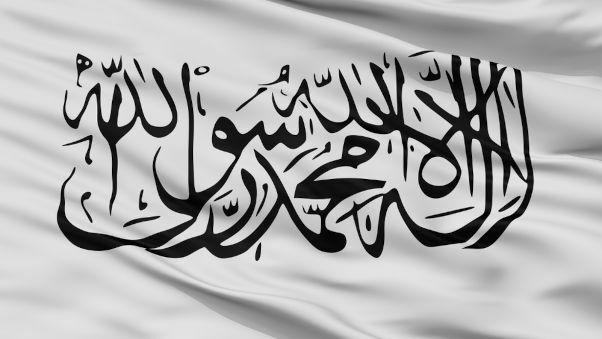The political-territorial configuration of Italy, in the beginning of the 19th century, suffered a great intervention by the measures signed by the Congress of Vienna of 1814. With the agreements consolidated, the current region of Italy was divided into eight independent states, some of which were controlled by Austria.
In this same period of reconditioning of monarchic sovereignty, nationalist movements flourished in different parts of Italy. At the same time, the motivations and projects of these nationalist groups were quite varied. Involving groups of urban and rural workers and reaching even the national bourgeoisie, the Risorgimento was manifested in ideals that went through republican tendencies and even monarchies.
Another interesting nationalist manifestation could also be seen with the appearance of the carbonarios. The Carbonari action was established in southern Italy under the leadership of the communist Filippo Buonarotti. Fighting against the action of absolutist governments, Carbonarism was one of the most important nationalist grassroots movements in Italy.
In 1831, Giuseppe Mazzini led another republican movement represented by the creation of Young Italy. Even without success, Italian nationalism still had the strength to revive its political tendencies. In the year 1847, a series of antimonarchic demonstrations took over the northern region, in the kingdoms of Piedmont and Sardinia, and to the south in the Kingdom of the Two Sicilies. In the Kingdom of Lombardy one of the greatest republican advances was consolidated when the king was forced to institute a Legislative Power elected by the citizens.
Even with the agitation of these revolts, the Austrian presence and the monarchic power managed to resist the growing republican tendency. Only with the interest of the industrial bourgeoisie of northern Italy, politically sponsored by the Piedmontese Prime Minister Camilo Benso di Cavour, that the unification process began to have greater support. Raising the military and political support of neighboring states and the French king Napoleon III, in 1859, the war against Austria began.
Fearing the outbreak of socialist and republican movements, the French government withdrew its support for the unification movement. Still, Camilo di Cavour managed to unify a considerable portion of the northern kingdoms. In the same period, in the south, Giuseppe Garibaldi led the “red shirts” against the southern monarchies. In order not to weaken the unification movement, Garibaldi decided to abandon the movement because he did not agree with the ideas defended by the representatives of the north.
In this way, the northern monarchists controlled the unification by establishing King Victor Emmanuel II. In the year 1861, the Kingdom of Italy comprised a large part of its current territory. Between 1866 and 1870, after a series of conflicts, the cities of Venice and Rome were finally annexed to the new government. The unification of Italy ended in 1929, when after years and years of resistance from the papal authority, the Lateran treaty completed the formation of the Italian nation.
Despite representing a historic struggle throughout the 19th century, Italian unification did not readily succeed in creating a cultural identity among the Italian people. In addition to the differences in historical, linguistic and cultural nature, the difference in economic development observed in the northern and southern regions was another obstacle in the creation of Italy.
Do not stop now... There's more after the advertising ;)
See more:
German Unification
Second Industrial Revolution
neocolonialism
By Rainer Sousa
Graduated in History
Would you like to reference this text in a school or academic work? Look:
SCHOOL, Team Brazil. "The Italian Unification"; Brazil School. Available in: https://brasilescola.uol.com.br/historiag/unificacao-italia.htm. Accessed on June 27, 2021.


